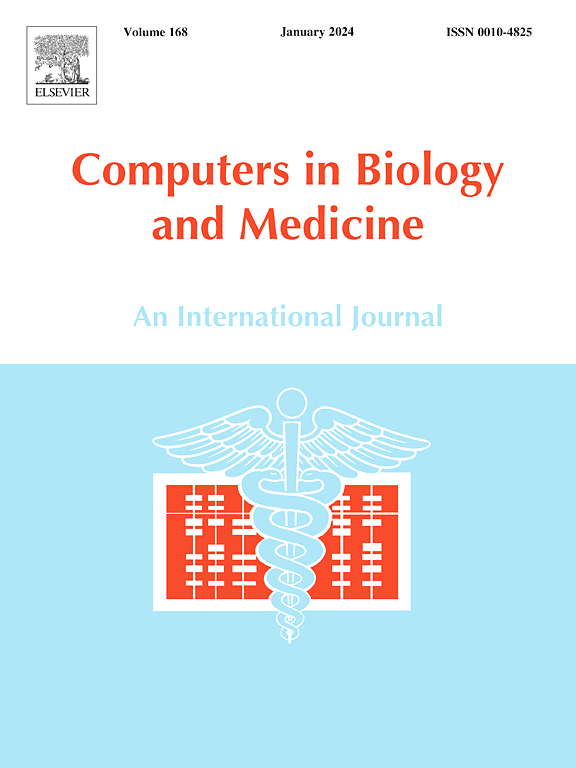A Bayesian Belief Network model for the estimation of risk of cardiovascular events in subjects with type 1 diabetes
IF 7
2区 医学
Q1 BIOLOGY
引用次数: 0
Abstract
Objectives:
Cardiovascular diseases (CVDs) represent a major risk for people with type 1 diabetes (T1D). Our aim here is to develop a new methodology that overcomes some of the problems and limitations of existing risk calculators. First, they are rarely tailored to people with T1D and, in general, they do not deal with missing values for any risk factor. Moreover, they do not take into account information on risk factors dependencies, which is often available from medical experts.
Method:
This study introduces a Bayesian Belief Network (BBN) model to quantify CVD risk in individuals with T1D. The developed methodology is applied to a large T1D dataset and its performances are assessed. A simulation study is also carried out to quantify the parameter estimation properties.
Results:
The performances of individual risk estimation, as measured by the area under the ROC curve and by the C-index, are about 0.75 for both real and simulated data with comparable sample sizes.
Conclusions:
We observe a good predictive ability of the proposed methodology with accurate parameter estimation. The BBN approach takes into account causal relationships between variables, providing a comprehensive description of the system. This makes it possible to derive useful tools for optimising intervention.

目的:心血管疾病 (CVD) 是 1 型糖尿病 (T1D) 患者面临的主要风险。我们的目标是开发一种新方法,克服现有风险计算器的一些问题和局限性。首先,这些计算器很少为 T1D 患者量身定制,而且一般来说,它们无法处理任何风险因素的缺失值。此外,它们没有考虑到风险因素依赖性的信息,而这些信息通常可以从医学专家那里获得:本研究采用贝叶斯信念网络(BBN)模型来量化 T1D 患者的心血管疾病风险。将所开发的方法应用于一个大型 T1D 数据集,并对其性能进行评估。同时还进行了模拟研究,以量化参数估计特性:以 ROC 曲线下面积和 C 指数衡量,在样本量相当的真实数据和模拟数据中,个体风险估算的性能约为 0.75:我们观察到,所提出的方法具有良好的预测能力和准确的参数估计。BBN 方法考虑了变量之间的因果关系,提供了对系统的全面描述。这使得我们能够为优化干预措施提供有用的工具。
本文章由计算机程序翻译,如有差异,请以英文原文为准。
求助全文
约1分钟内获得全文
求助全文
来源期刊

Computers in biology and medicine
工程技术-工程:生物医学
CiteScore
11.70
自引率
10.40%
发文量
1086
审稿时长
74 days
期刊介绍:
Computers in Biology and Medicine is an international forum for sharing groundbreaking advancements in the use of computers in bioscience and medicine. This journal serves as a medium for communicating essential research, instruction, ideas, and information regarding the rapidly evolving field of computer applications in these domains. By encouraging the exchange of knowledge, we aim to facilitate progress and innovation in the utilization of computers in biology and medicine.
 求助内容:
求助内容: 应助结果提醒方式:
应助结果提醒方式:


